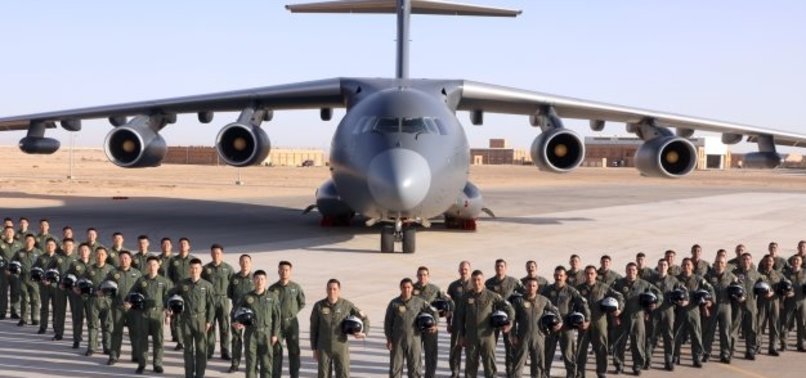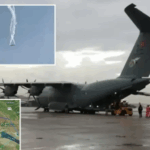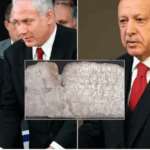In a development signaling a potential strategic realignment, Egypt and China have launched their first joint air force drills in Egyptian airspace, dubbed “Eagles of Civilization 2025.” The exercises, running from mid-April to early May, mark a significant milestone in the evolving military relationship between Beijing and Cairo—traditionally a close U.S. ally.
According to China’s Ministry of National Defense, the exercises are “of great significance to promoting pragmatic cooperation and enhancing mutual trust and friendship between the two militaries.” The drills include joint aerial sorties, planning exercises, air combat simulations, and theoretical lectures aimed at harmonizing operational tactics between the two forces.
Images released by Egypt’s armed forces suggest that China has deployed its advanced J-10C fighter jets and Y-20 transport aircraft, while Egypt is participating with a variety of multi-role aircraft. Analysts say the choice of equipment points to China’s intent to demonstrate the long-range capabilities of its air fleet and its readiness to operate in diverse regional environments.
“This is a pivotal shift in Middle Eastern geopolitics,” said Mohammed Soliman, a senior fellow at the Middle East Institute. “As Egypt, a long-time U.S. partner, hosts the Chinese air force, it sends a message of growing frustration with U.S. defense constraints—particularly the modernization limits imposed on Egypt’s F-16 fleet.”
Cairo’s air force is heavily reliant on U.S.-built platforms like the F-16, CH-47 Chinook, AH-64 Apache, and soon, C-130J transport aircraft. However, recurring freezes in U.S. military aid—often tied to human rights concerns—have pushed Egypt to seek alternative partners. The Chinese partnership, which could include a future purchase of the J-10C, suggests a growing openness to diversifying procurement.
Egypt already operates Chinese K-8 trainer jets, giving it a foundation for integrating more advanced Chinese systems. These drills allow Cairo to assess the performance and interoperability of China’s front-line aircraft, potentially laying the groundwork for arms deals beyond the Western orbit.
David Des Roches, a professor at the Near East South Asia Center for Security Studies, emphasized the timing of the exercise: “While drills like this are planned in advance, Egypt is clearly concerned about the consistency of U.S. military aid. Hosting China is a calculated move—both to explore new options and to pressure Washington into maintaining support.”
Des Roches noted that U.S. skepticism about foreign aid, particularly under the Trump administration, has heightened Cairo’s anxiety. “Egypt is trying to convince Washington it has other suitors, and that it will not hesitate to deepen those ties if pushed.”
From Beijing’s perspective, the drills serve both strategic and commercial purposes. They not only enhance bilateral defense ties, but also act as a platform for showcasing Chinese military hardware to the Global South—especially in countries disillusioned by Western restrictions.
As U.S.-Egypt relations remain strained and China continues its push into the Middle East through security and infrastructure cooperation, the Eagles of Civilization drills may prove to be more than symbolic—they could be the first chapter in a broader rebalancing of alliances.







